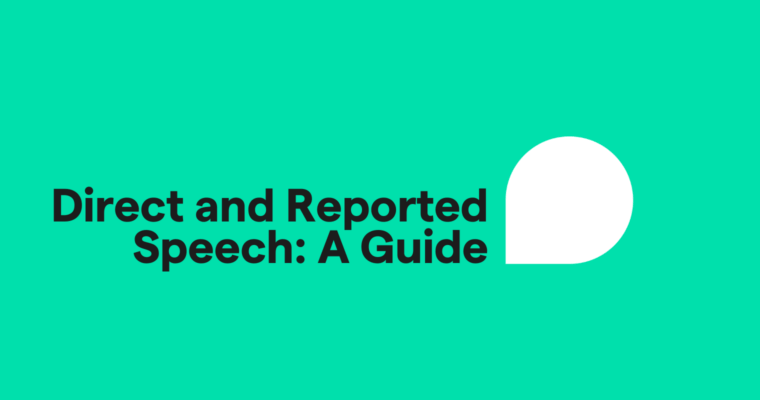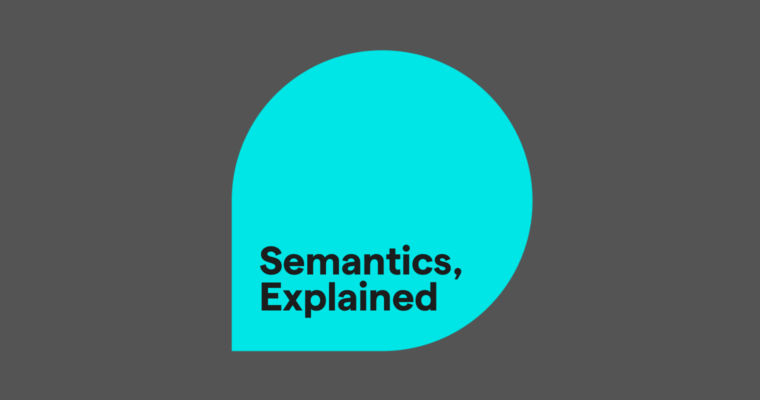
Learning spelling conventions can help you write with confidence. Which of the following rules are new to you?
When to use s or ies
To make a noun plural, you usually add s. However, you might have noticed that some words that end in y deviate from the norm. For example, babies is the plural form of baby. How do you know when to change y to ies? Look at the letter before the y to find out. If it is a vowel, then add s.
essay → essays
ploy → ploys
key → keys
If there is a consonant before the Y, replace the y with ies.
daisy → daisies
sky → skies
Rules for the letter v
No English words end with the letter v. If you do see a word that ends in v, you can assume that it’s an abbreviation, acronym, or foreign word. If there is a v sound, the word will end in e. Think of glove, gave, sieve, or mauve. There’s another thing v doesn’t do—double. What about skivvies, a word used to refer to cotton undergarments, and divvy, a verb meaning to distribute or share? Dictionaries categorize them both as informal words. With rare exceptions, you also can’t double the letters k, j, w, or x.
The letter q is never alone
Have you noticed that q seems to have a constant vowel companion? In English, the letter q is always followed by u. That’s not the case in Arabic and other languages, so borrowed words like Qatar, the name of a country along the Persian Gulf, don’t follow the English pattern.
When to keep the letter e
When the noun fate becomes the adjective fateful, you add –ful to the end without dropping the e. On the other hand, the noun love loses its final e to become the adjective lovable. When do you omit the e? It depends on the suffix. You keep the final e when adding suffixes that begin with consonants. Suffixes that begin with a vowel, such as –able, require you to eliminate the final E.
Adding -ing
Do you need to double the final letter of a verb when you add the –ing ending? For certain verbs, like stop, the answer is yes. For others, like go, the answer is no. The determining factors are the number of syllables and whether the last letter of the verb is a vowel or a consonant. If the verb has only one syllable and a consonant at the end, you must double the consonant before adding a suffix that begins with a vowel. These suffixes include –ing, –ed, –er, and –est. This is called the 1-1-1 rule because you double the final consonant of verbs that contain one syllable, one vowel in the middle, and one consonant at the end. If music helps you to memorize information, listen to the 1-1-1 Spelling Rule song featured on the Garden of Praise website.
All as a prefix
When adding all- as a prefix, you usually shorten it to al-.
All + together → altogether
all + ready → already
You might want to read up about all right and alright; the controversy is quite interesting.
Words that are difficult to spell
If one particular word gives you trouble, you might want to search for a mnemonic device. Chances are, you are not the only person who has trouble with that word, there are many commonly misspelled words. For example, lots of people find it difficult to master the c’s and s’s of “necessary,” If you remember the phrase “one coffee, two sugars,” it will remind you that there is one c and two s’s, and that they appear in that order. If you can’t find a suitable mnemonic, make up your own! Rhymes and acronyms work well.
Consciously or unconsciously, you probably use this spelling rule: “I before E, except after C.” Because of this mnemonic, you spell words like achieve, receive, and believe with ease. English language textbooks are full of helpful rules to help people learn to spell. But even native speakers find some words challenging. It doesn’t have to be that way. Why not boost your spelling prowess by using a few of the useful principles you read about today?






